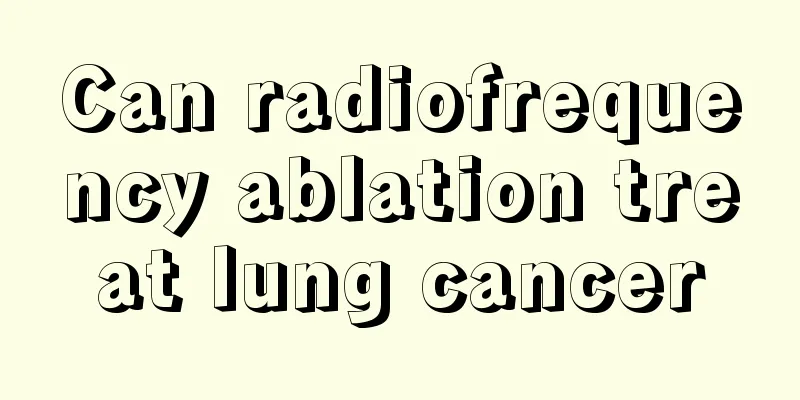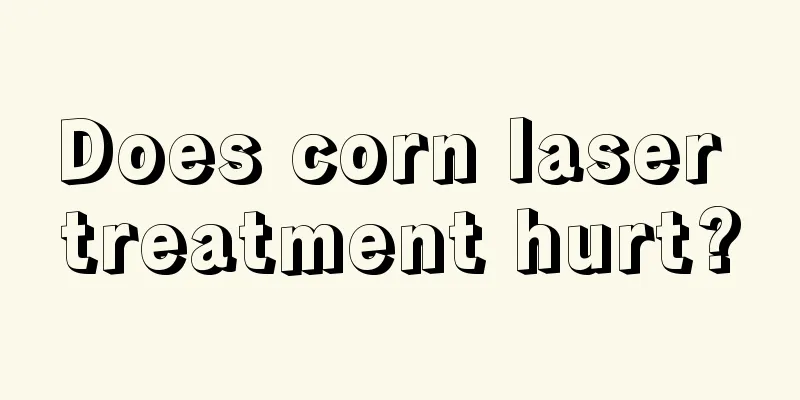Can radiofrequency ablation treat lung cancer

|
Radiofrequency ablation can be used to treat certain types of lung cancer, especially early-stage non-small cell lung cancer patients who are inoperable or not suitable for surgery. This technology uses high-frequency electric current to destroy cancer cells and is often used as a minimally invasive treatment method. Radiofrequency ablation is a treatment method that uses a probe with a smaller diameter to enter the tumor site and release heat energy locally to kill cancer cells. It is suitable for patients with poor physical fitness, who cannot tolerate surgery or do not want to undergo surgery, and is usually more suitable for tumors with a diameter of less than 3-5 cm. Its advantages include less damage, shorter recovery time, and fewer complications, but it is not suitable for all lung cancer patients. For example, it may not be suitable when the lesion is large or the tumor is close to important blood vessels and organs. Side effects such as mild pain, local bleeding or fever may occur during the treatment, most of which can be relieved by themselves. Radiofrequency ablation technology has become one of the auxiliary treatment methods parallel to surgery, chemotherapy, targeted drugs, etc., but it is more used to improve the quality of life or prolong survival time, and less for complete cure. Radiofrequency ablation is a treatment method that uses a probe with a smaller diameter to enter the tumor site and release heat energy locally to kill cancer cells. It is suitable for patients with poor physical fitness, who cannot tolerate surgery or do not want to undergo surgery, and is usually more suitable for tumors with a diameter of less than 3-5 cm. Its advantages include less damage, shorter recovery time, and fewer complications, but it is not suitable for all lung cancer patients. For example, it may not be suitable when the lesion is large or the tumor is close to important blood vessels and organs. Side effects such as mild pain, local bleeding or fever may occur during the treatment, most of which can be relieved by themselves. Radiofrequency ablation technology has become one of the auxiliary treatment methods parallel to surgery, chemotherapy, targeted drugs, etc., but it is more used to improve the quality of life or prolong survival time, and less for complete cure. In order to receive radiofrequency ablation treatment, patients should undergo a detailed evaluation, including imaging examinations, lung function tests, and a comprehensive analysis of their overall condition. At the same time, pay attention to a scientific diet before and after treatment, preferably high-protein, easily digestible foods; moderate daily exercise to improve immunity and delay disease progression; regular checkups to monitor tumor changes. If the condition is complicated and has spread widely, it is recommended to combine drug therapy or other local treatment methods, and cooperate with doctors to comprehensively develop a personalized treatment plan to improve efficacy. |
<<: The life expectancy of colorectal cancer metastasized to the liver
>>: Is it useful to take Chinese medicine for rectal cancer bone metastasis
Recommend
Hemoglobin structure
We all know that the human body is made up of hem...
Side effects of prostate cancer chemotherapy are not the key to efficacy
Cancer chemotherapy is an effective way to contro...
Why can't I get rid of fatigue when sleeping
If you are always sleepy and cannot wake up, and ...
Can soapy water remove bacteria?
We use our hands to do various things every day, ...
Can MRI examine the lungs?
I believe that many people do not know what part ...
Can people with hyperthyroidism eat cauliflower?
Hyperthyroidism is a common disease in clinical p...
Can I get my teeth straightened at the age of 30
Orthodontics can not only make teeth healthier an...
Can lotus seed core be eaten
Summer is the season for lotus seeds, which have ...
Common early symptoms of prostate cancer
Prostate cancer is a common cancer in men. If it ...
The efficacy of Cynomorium songaricum and wolfberry wine soaking
We have all eaten wolfberries in our daily lives,...
Honey is half crystallized and half liquid
When most people buy honey, they will buy a lot a...
What is the cure rate for stomach cancer
Gastric cancer ranks first among various malignan...
The drug of choice for treating meningococcal meningitis is
The brain is a relatively important organ. It can...
Reasons for different calf thicknesses
The calf plays a very important role in a person&...
How many lumbar vertebrae are there
In fact, our lumbar vertebrae are very similar to...









